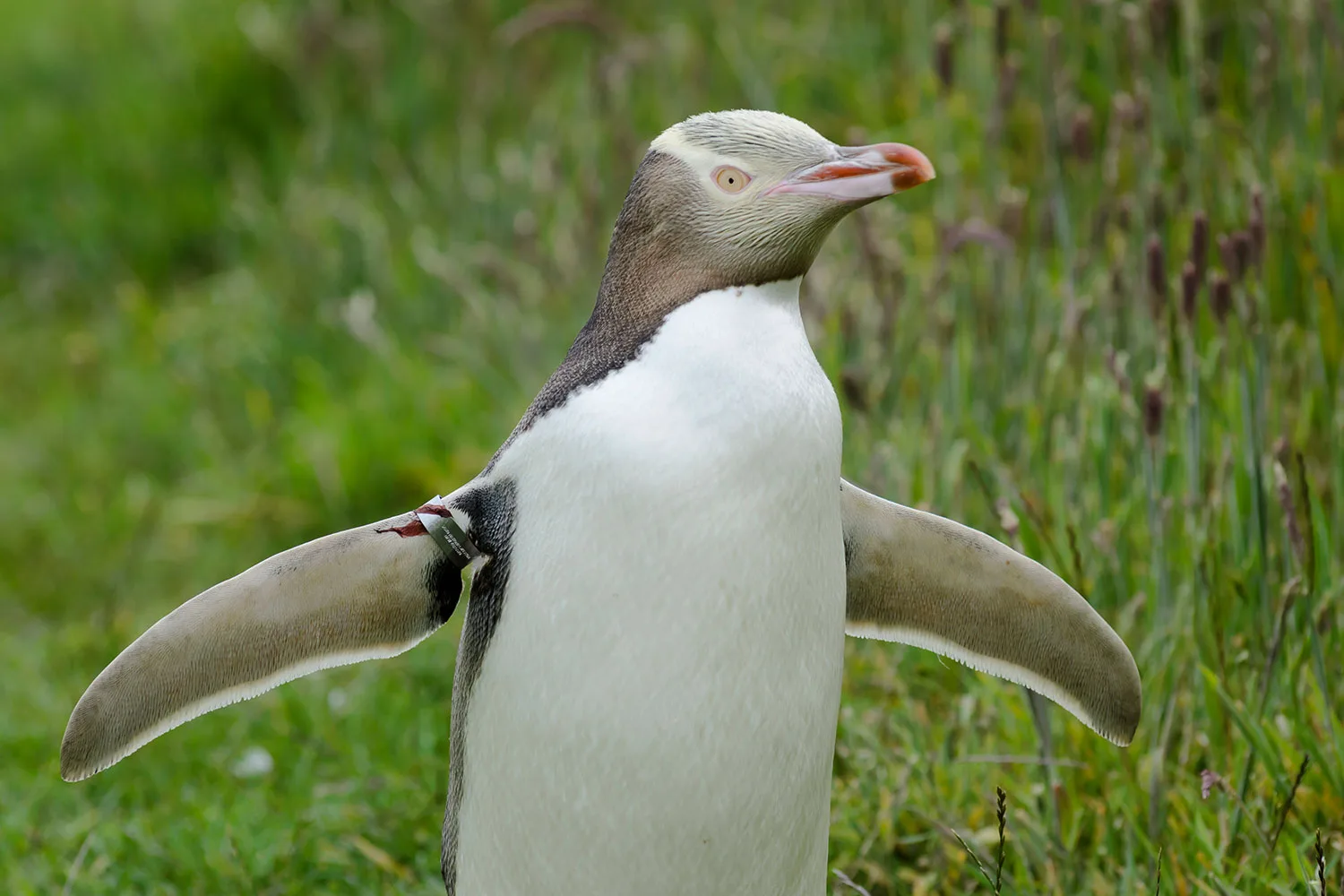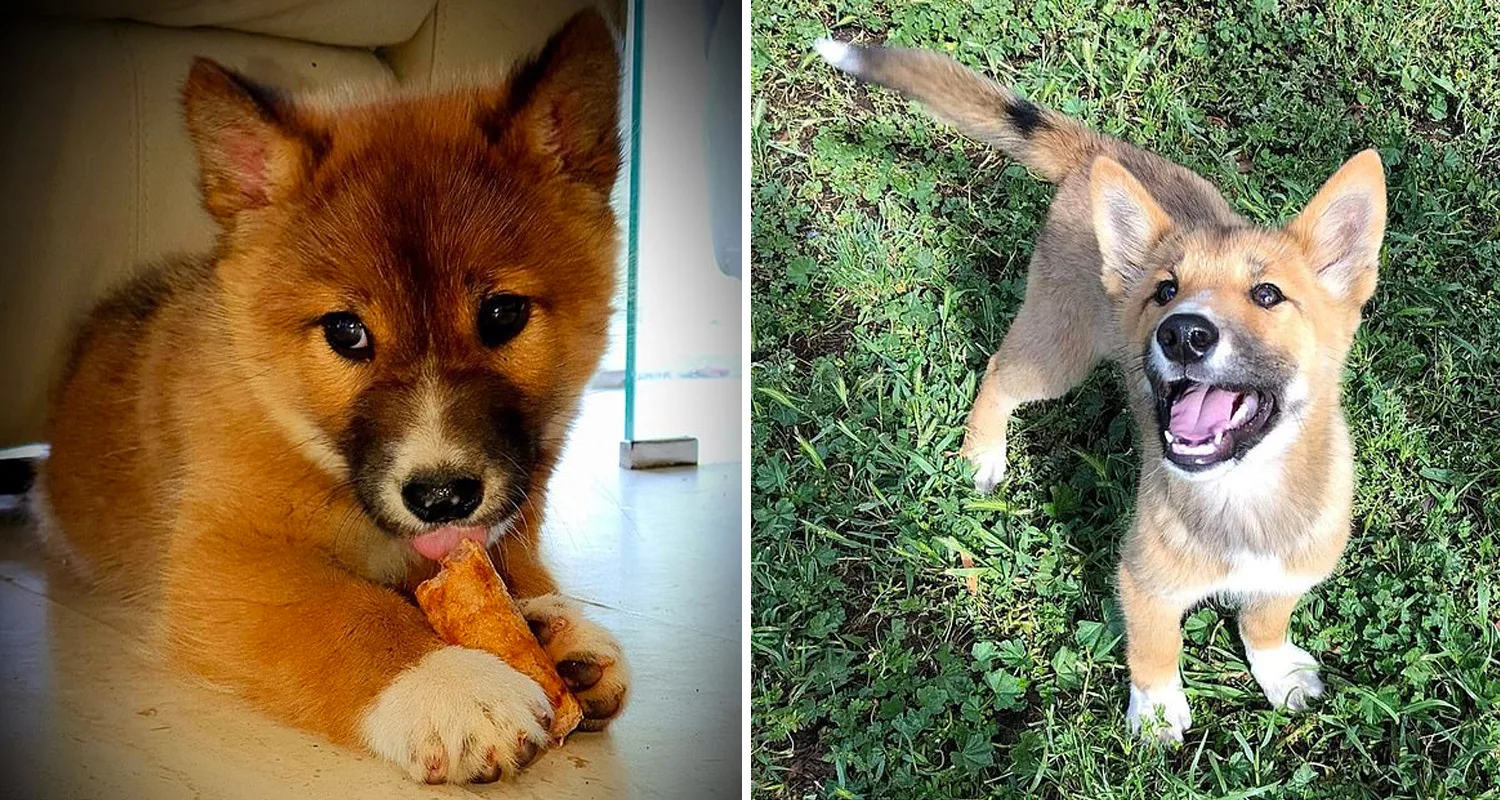Devastating news just dropped that another one of Australia’s native mammals, the endangered Christmas Island Shrew, has been declared extinct by the International Union for the Conservation of Nature’s Red List. It’s the world’s most comprehensive global inventory on extinction risk, and despite yet another Australian animal being added, no one seems to be doing anything about it.
According to Professor of Conservation Biology, John Woinarski, Australia has seen the most animal extinctions in the world. Since colonisation in 1788, including the shrew, we have lost 39 species, representing 10% of all Australia’s land mammal species prior to 1788.
What is a Christmas Island shrew?
Upon first glance, you may not recognise the cute little mammal staring back at you through the screen. A shrew is by no means popular, it’s not taught to kids at school, and it most certainly hasn’t been easy to find.
According to the National Recovery Plan for the Christmas Island Shrew by the National Heritage Trust, created in August 2004, shrew are small mammals. Their head and body length are 40-180mm with a tail length of 40-110mm. They have a long nose with a pointed muzzle and vary from light to dark grey in color. Often, they weigh between 4.5 – 6 grams.
These small mammals eat insects and while the Christmas Island shrew is native to Australia, there are many other shrew species across Asia, Africa, America, and Europe.
While you may not have known what a shrew was, or what it looked like, you may be familiar with the word from classic literature. After all, William Shakespeare named a play in their honour… or, perhaps, dishonour, in his classic comedy, The Taming of the Shrew. Since then, there have been somewhat negative connotations attached to the name of this inoffensive animal, which describes a ‘headstrong’ and ‘difficult’ woman.
When was the Christmas Island shrew declared extinct?
It was last assessed on 19 April 2025, but believe it or not, the Christmas Island shrew has been declared extinct once before.
According to Woinarski’s article on The Conversation, the Christmas Island Shrew arrived on the island tens of thousands of years ago when a small family, or a pregnant female, rafted on floating vegetation from islands of Indonesia. They thrived, and when European naturalists first visited in the 1890s, they were all over the island.
But the introduction of black rats changed everything in the 1900s. They were infested with a cellular parasite, trypanosomes, which rapidly spread to the islands’ two native rat species and, supposedly, the shrew. When the naturalists visited again in 1908, it was believed that the two species of rats and the shrew were extinct.
But not all was lost. After not being seen for over 50 years, two survivors were sighted in the 1950s as bulldozers cleared a patch of rainforest for mining. Then, they weren’t seen again for 30 years, until two biologists discovered a female, and a few months later, a male. But they didn’t see an opportunity to conserve the species through a captive breeding program and instead kept them separate. Weeks later, the male died.
Since 1984, there have been no reported sightings. Only four Christmas Island shrews were reported in over 120 years.
What Australian species are extinct?
Australia has recorded over 100 endemic species of mammals, birds, frogs, and reptiles that are extinct. According to the IUCN Redlist, here are some of the native mammal species that have become extinct since 1788.
- Desert Rat-kangaroo
- Desert Bettong
- Toolache Wallaby
- Liverpool Plains Striped Bandicoot
- Lord Howe Long-eared Bat
- Marl Bandicoot
- Crescent Nail-tail Wallaby
- Broad-faced Potoroo
- Yallara
- Kuluwarri
- Broad-cheeked Hopping Mouse
- Big-eared Hopping Mouse
- Darling Downs Hopping Mouse
- Percy Island Flying Fox
- South Eastern Striped Bandicoot
- Desert Bandicoot
- White-footed Rabbit-rat
- Capricorn Rabbit-rat
- Christmas Island Shrew
- Long-eared Mouse
- Southern Pig-footed Bandicoo
- Short-tailed Hopping mouse
- Long-tailed Hopping Mouse
- Bramble Cay Melomys
- Nullarbor Dwarf Bettong
- Thylacine
- Eastern Hare-wallaby
- Nullarbor Barred Bandicoot
- Yirratji
- Lesser Stick-nest Rat
- Blue-grey Mouse
How to save animals from extinction?
The weight of extinct species should be propelling us to do more to prevent it from happening to yet another animal. Here are a few ways you can help.
- Learn about endangered species in your area
- Volunteer at NSW National Parks, Australian Wildlife Conservancy or visit your local parks and protect the places they live. Go wildlife or bird watching or pick up rubbish.
- Make your home wildlife friendly by securing garbage in the garage or by locking the lids, feed pets indoors and keep them in at night, reuse water in the home and garden, disinfect bird bath and place decals on windows to prevent bird collisions.
- Stop using herbicides and pesticides
- Slow down when driving
- Recycle and buy sustainable products
- Don’t buy products made from threatened or endangered species at home or when traveling
- Don’t trap or force a threatened or endangered animal into captivity. If you find one injured, bring it straight to your local animal hospital.
- Protect wildlife habitat
- Send knitted clothes to animals by donating them to wildlife rescue organisations or animal shelters such as the RSPCA, which often need blankets, nests, and pouches. Before you start knitting, contact your local shelter or rescue group to confirm what they need and to get any specific patterns or material guidelines they might have.



